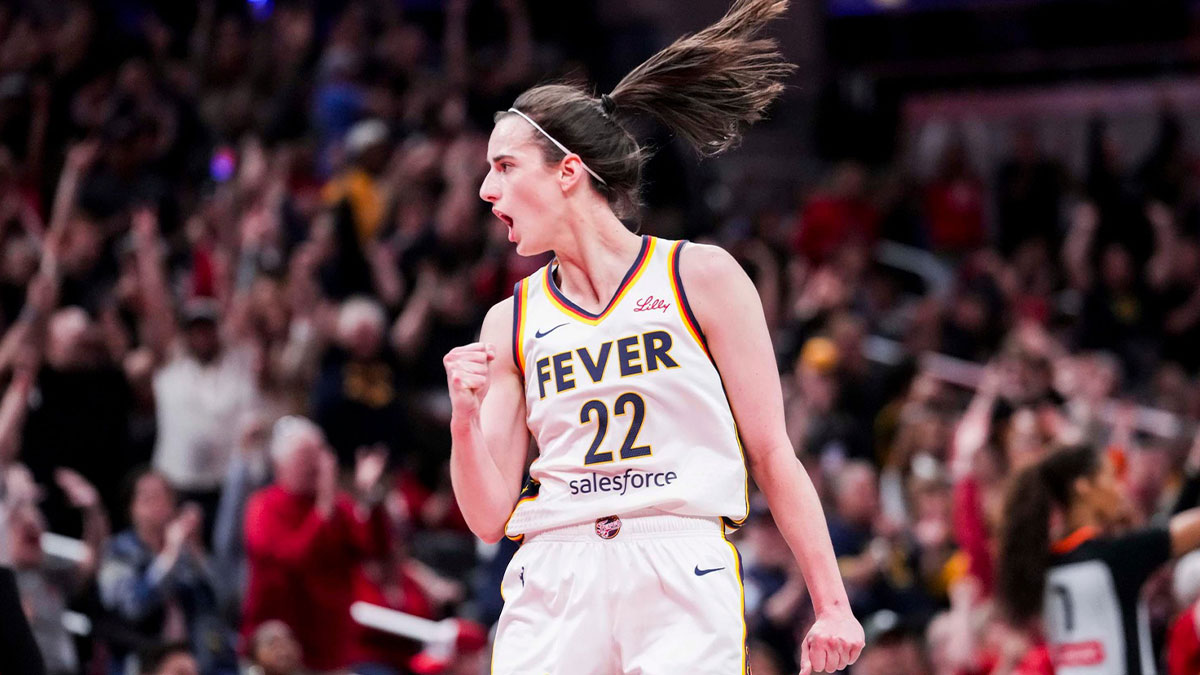For instance, McDonald's fries were once at the center of a massive lawsuit that wound up costing the company more than $10 million. And did you know that there was a special potato calculator invented to ensure each batch was perfect at every location, every single time? Here are six little-known secrets about McDonald's fries that only true fans of the Golden Arches would know.
6 Facts About McDonald's Fries Only A True Fan Would Know

Ohayo style/Shutterstock
McDonald's french fries are not only known for their signature buttery flavor, crispy texture, and mouthwatering smell, but they are also known for their golden color as well. They don't get their color by happy accident, either; McDonald's adds two different ingredients to every batch of its french fries to ensure the color meets what is known as the "golden standard."
Even true fans of McDonald's might be surprised to learn that sugar is added to the french fries though. Depending on the time of season, potatoes vary in color, so the company adds small amounts of a sugar called dextrose in order to maintain a consistent golden color in every batch of the chain's french fries. Additionally, small amounts of sodium acid pyrophosphate are included to help prevent the potatoes from turning gray after they are cooked, which would be less than appetizing. These ingredients are just two of the reasons McDonald's french fries look almost exactly the same regardless of which franchise location you visit around the globe.

New Africa/Shutterstock
McDonald's famous french fries did not come to be a delicious fast food staple by accident, and it may come as no surprise that the very first step in making the perfect french fry is the potato. The variety of potatoes can have a huge impact on both texture and taste, as no one wants a soggy fry after all. McDonald's uses Russet Burbank, Russet Ranger, Umatilla Russet, and Shepody potatoes to make its fries. These varieties or potato are typically high in starch and low in moisture, so the fries retain the crispy exterior and soft center that customers can't seem to get enough of when it comes to a side for their burger.
McDonald's uses a number of potato suppliers to keep up with the french fry demand and distributes them to more than 38,000 McDonald's locations across 100 countries. One of the larger suppliers is 100 Circle Farms , which grows crops in circles so large that they can actually be seen from space. In fact, the majority of its 2,400 tons of potatoes harvested each day are sent over to McDonald's to be fried up and served as fries.

Christopher Jue/Getty Images
When McDonald's first started making fries in 1949, they were cooked in beef tallow — also called 'beef drippings" — which is a solid, rendered beef fat that is still used at other chain restaurants. The beef fat gave the french fries their signature buttery flavor that made them instantly popular among the masses. It was also a more cost-effective method and had a longer shelf life than other oils. While there are several pros and cons to frying with beef tallow, health concerns over saturated fats started to rise in the '80s, so McDonald's decided to start phasing the ingredient out at its restaurants.
By 1990, the company had completely switched over to a blend of vegetable oil, canola oil, corn oil, soybean oil, and hydrogenated oil instead of the beef tallow. In an effort to try to replicate the mouthwatering original flavor of the fries, which formerly had a beefy flavor thanks to the tallow, the company includes natural beef flavor. Despite the company attempting to recreate the signature flavor of those original beef tallow fries, many customers who remember them maintain that they were far tastier than those made in the present day. While they aren't quite the same, they are a bit healthier at least.

Annie's Studio/Shutterstock
When McDonald's stopped using beef tallow to make its fries in 1990, it represented them as being 100% vegetarian and found itself in the middle of a juicy (and expensive) scandal. The beef flavoring that the company used to replace the beef tallow contains both milk and wheat derivatives, meaning the fries are non-vegan and aren't vegetarian-friendly either. Some vegetarian and religious groups were naturally upset and felt deceived by the misrepresentation of the product.
McDonald's wound up paying $12.5 million in settlement money and issued an apology for the misrepresentation of the ingredients in its fries. Today, McDonald's clearly states all ingredients on its website to be transparent with customers about what goes into their food. In June of 2002, the company issued an apology to vegetarians, Hindus, and other non-meat-eating religious groups who were impacted by the miscommunication of ingredients, saying, "We should have done a better job in these areas and we're committed to doing a better job in the future," via CBS News.

Matthew Horwood/Getty Images
In a book published in 1986 titled, "McDonald's: Behind the Arches," author John F. Love explains how McDonald's transformed the way french fries were made for the entire world. The company was extremely eager to find a way to standardize its fries and ensure that each batch was cooked to consistent, crispy perfection every time.
McDonald's hired Louis Martino to solve this problem. Martino discovered that when the potatoes were added to the frying oil, the oil temperature would fall a few degrees before recovering, which accounted for the inconsistency in crispiness. He also realized that when the oil temperature rose only 3 degrees after originally falling, the fries came out perfectly crispy. Thus, he created the "potato computer," or an electrical sensor, that tracked when that optimal frying temperature was reached. Thanks to this nifty invention, you can go to a McDonald's in any country around the world and expect the fries to taste, smell, and feel almost exactly the same every time. Now that's a solid calculation.

Ahirao_photo/Getty Images
The very specific combination of oil, potato variety, and other ingredients that go into making McDonald's french fries are not the only factors that make them stand out in the fast food crowd. The process through which the potatoes are fried also makes a difference in the taste and texture. Only true McDonald's fans will know that the company actually fries each batch twice to ensure optimal crispiness in each bag.
After the sliced potatoes are soaked in the ingredient bath, they are dried off and partially fried at the processing plant before they are flash frozen and delivered to the restaurants. The flash freezing process helps maintain the golden color and crunchy exterior during transport to McDonald's locations around the world. Once the french fries arrive at each restaurant, they are fried once again in the vegetable oil combination. This double-fry process is a major factor in delivering the crispy exterior and soft interior for which McDonald's french fries are known and loved.













